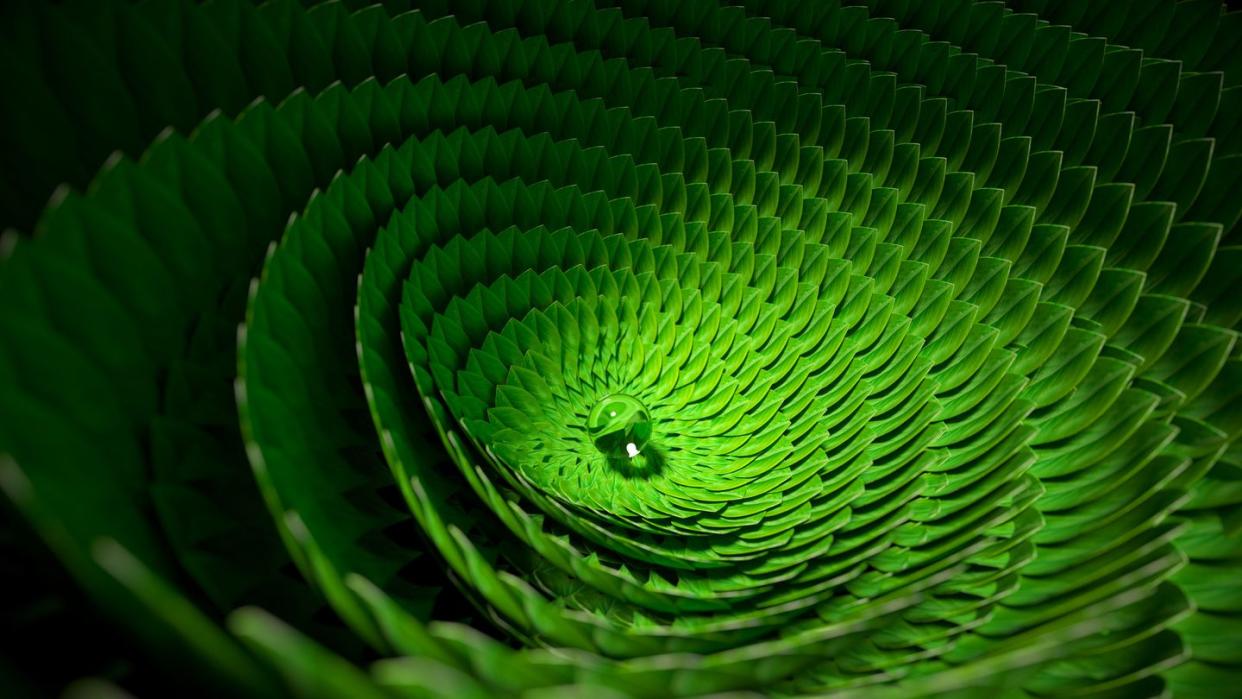Mathematicians Have Discovered the Secret Geometry of Life

"Hearst Magazines and Yahoo may earn commission or revenue on some items through these links."
Mathematicians show “soft cell” shapes are abundant in natural world.
Soft cells are described as natural tiles with curved edges—a stark contrast to the mathematical solutions for creating tiling shapes.
The soft cells then smoothly deform into tiles and work in both two and three dimensions.
A team of researchers revealed how theoretical mathematical concepts take on a real-world life when discovering a completely new “soft cell” shape that crossed over from mathematical possibility to abundant natural example.
Mathematicians have long enjoyed the study of shapes. Using sharp edges and plenty of points, they’ve dedicated centuries to seeing just how these shapes fit together for infinite tiling ability. But the equations used in mathematical shaping, with their hard lines and sharp points, don’t generally lead to a lot of crossover with nature.
A team of researchers from Budapest University of Technology recently announced that they have uncovered a new natural class of shape that tiles with curved edges. They uploaded their findings to the preprint server arXiv. Dubbed both “soft cells” and “z-cells,” these shapes lack the telltale corners of theoretical math, but still fit together in both two dimensions and three dimensions.
“A central problem of geometry is the tiling of space with simple structures,” the authors wrote. “The classical solutions, such as triangles, squares, and hexagons in the plane and cubes and other polyhedral in three-dimensional space are built with sharp corners and flat faces. However, many tilings in nature are characterized by shapes with curved edges, non-flat faces, and few, if any, sharp corners. An important question is then to relate prototypical sharp tilings to softer natural shapes.”
The team believes that they’ve solved the problem of dimensions with this new “infinite class of polyhedral tilings” that can smoothly deform into soft tiles and construct soft versions of cells generally associated with point lattices in both two and three dimensions.
“These shapes emerge in art, but also in biology,” study lead Gabor Domokos, told the New Scientist. “If you look at sections of muscle tissue, you’ll see the cells having just two sharp corners, which is one less than the triangle—it is a very special kind of tiling.”
“Remarkably, these ideal soft shapes, born out of geometry, are found abundantly in nature, from cells to shells,” the team wrote.
In two dimensions, these soft shell shapes are pretty easy to describe—according to the paper, they are “cells with curved boundaries which have only two corners.” In the three-dimensional space, things get a little more complicated, but the goal is the same: let things be bendy and minimize the amount of “corners” present. In 3D, a soft cell shape can have no corners at all.
“We found that architects have found these kinds of shapes intuitively when they wanted to avoid corners,” Domokos said.
A central part of the paper shows how seashells emerge as a natural example of the shape. Known to form from multiple chambers, shell growth appears to follow a regulated pattern. Using a CT scanner, the team found that when they measured the shells in three dimensions, they couldn’t find corners, even though a two-dimensional view of the shell looked different. That led the team to believe that a seashell offers the prime example of the soft cell shape. It also shows how nature is far beyond our current understanding of geometry.
You Might Also Like
